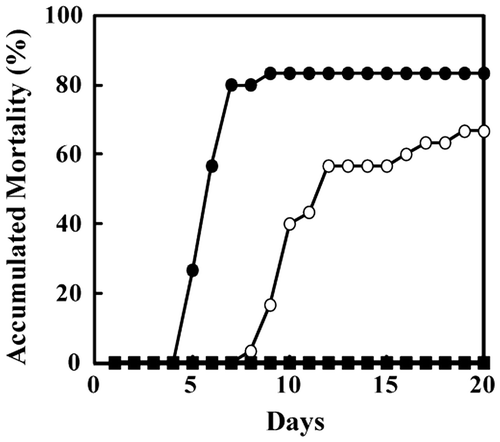Figures & data
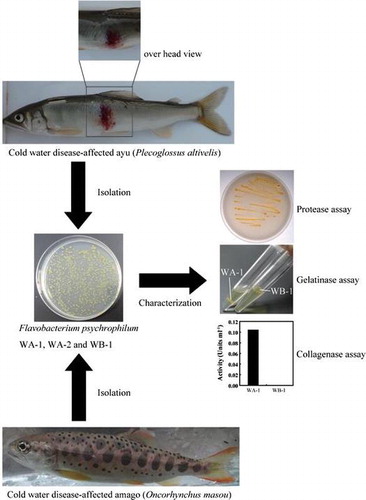
Fig. 1. The fpcol gene of F. psychrophilum.
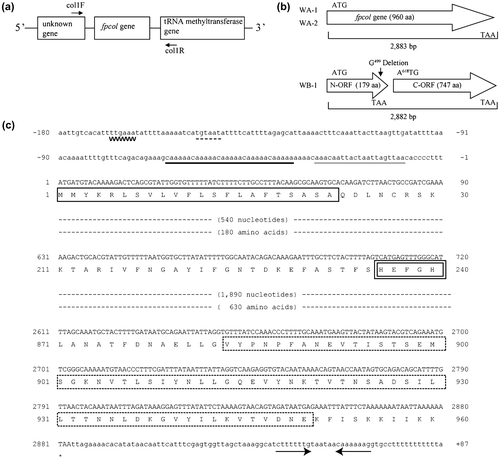
Table 1. Primers used in this study.
Fig. 2. The 5′ leader sequences and the start region of the fpcol genes.
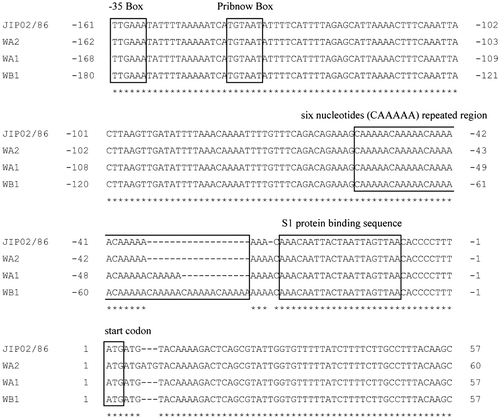
Fig. 3. Collagenolytic activity.
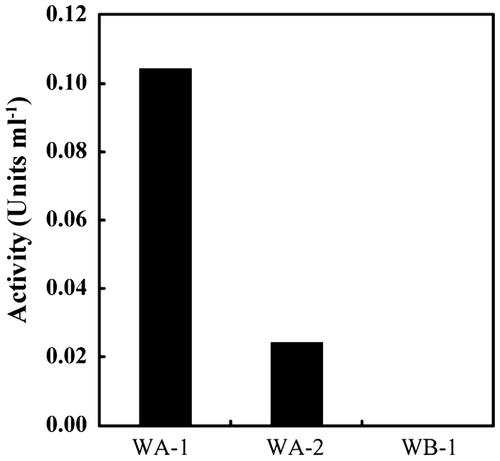
Table 2. Properties of the F. psychrophilum isolates used in this study.
Fig. 4. Proteolytic activity of the F. psychrophilum isolates.
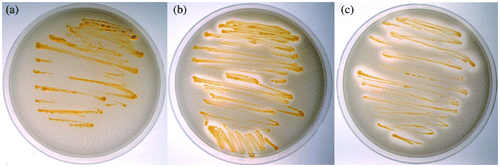
Fig. 5. The growth curves and the transcription levels of the fpcol gene.

Fig. 6. Bacterial challenge.
